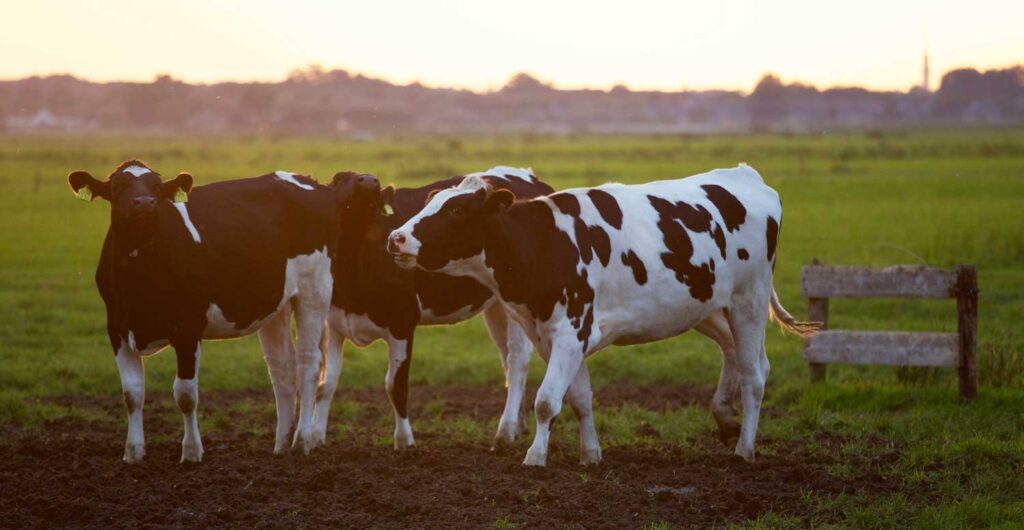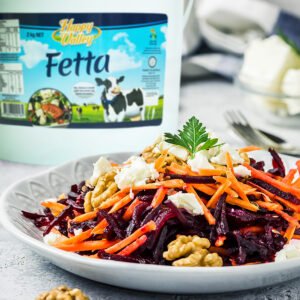According to the Financial Times, Europe’s nascent dairy futures market has received a much-needed liquidity boost, as concern over a dip in production following a blazing hot summer drives trading volume higher. Since skimmed milk powder futures were launched in 2010 in Europe, the industry has been waiting for liquidity for the derivatives market to pick up. But brokers and analysts said that the dairy sector, including the traditionally conservative co-operatives, was now becoming more active as they look for ways to hedge themselves against fluctuating prices (Emiko Terazono, 2018). Because of the sudden change in temperature and weather, concerns about supply have been increasing. It will have a big impact on dairy producers, and they will experience fluctuations and other problems for their customers. The concern is the growth in milk production by major exporters will not match the increase in demand.
Given the sustained demand for EU dairy products, milk collections could grow by 0.9% in the EU in 2019, a new short-term outlook from the European Commission has outlined. The production in Europe remained low due to the suboptimal weather through the northern spring and summer. The Global dairy market benefited from slow growth in milk. It diminished the products that are expiring and wait for the weather to improve. On another topic, New Zealand is the world’s 8th largest dairy producer. They have the world’s highest dairy self-sufficiency due to favourable natural conditions for dairy production. It has seen a boost in their production of milk. In addition, the US where producing non-stop is once again eyeing the international markets as their solution to a growing domestic surplus.
According to RNZ, from June 1, 2018, to May 30, 2019, dairy production boosted up to 1.5% compared to the five-year average or production. Spring season helped the industry by offsetting the dry conditions that they had in the second half of the season. Also, good weather conditions at the start of the next season help them to produce more. New Zealand has been working collaboratively with their government to find, attract, and retain skilled dairy farmers. This task is necessary to unlock the full potential of vocational learning in the dairy sector and of course to maximize their capabilities in the production of dairy. “We will continue to engage constructively with the Government to ensure that the rollout of vocational education reforms happens in a way that meets the needs of our dairy industry and gives our future farmers the skills they need to succeed” according to Tim Mackle, Chief Executive at Dairy NZ.
Due to the high demand for cheese products, prices go up on the market in the US. The Global Cheese Market is expected to reach $164,338 million by 2023, from $136,283 million in 2016, growing at a CAGR of 2.7% from 2017 to 2023 (Biswa Sinha, 2017). Europe contributed the highest cheese market share, registering a CAGR of around 2.0%, attributable to high demand in France, Finland, Denmark, Germany, and other countries. Asia-Pacific is the fastest-growing region followed by LAMEA, owing to an increase in cheese consumption in various emerging economies. The Mexico cheese market size was valued at $1,857 million in 2016 and is expected to reach $2,215 million by 2023, registering a CAGR of 2.5% during the forecast period.
In recent years, volatility in farm gate milk prices and farm incomes have impacted farmer confidence and ability to grow. With the industry disruption caused by the late-season step-downs in 2015/16 and lower average milk prices in 2016/17, many farmers focused on cost control, refinancing and business consolidation, rather than longer-term investments to increase production. In many cases, farmers culled extensively during these years, taking advantage of higher beef prices to maintain cash flow.
In 2017/18 farm gate milk prices recovered slightly while seasonal conditions remained mostly favourable during the first half of the year. As a result, milk production increased by almost 274 million litres, to 9,289 million litres (Dairy Australia).



















